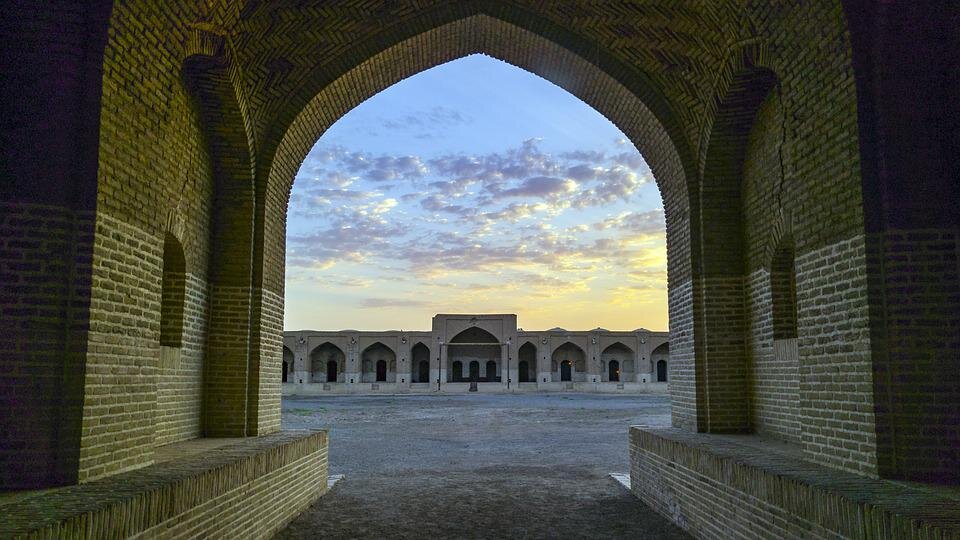Spanish fort architecture inspired by Iranian caravansaries, Madrid envoy says

TEHRAN – Spain’s ambassador to Iran has said the architecture of Iranian caravansaries has influenced many fortresses constructed in his homeland.
ANGEL LOSADA FERNANDEZ on Thursday said the architectural elements of the dome and arched ceilings have been taken from Iran.
The envoy made the remarks during the 5th Week of Spanish Architecture, which was held in the Iranian Artists Forum (IAF) in downtown Tehran.
Furthermore, the ambassador reminded the participants of the Persian gardens, saying “When we look at them, we are reminded of [certain] Spanish buildings that show the influence of Iranian architecture.”
Addended by a number of international officials and diplomats, the event turned the spotlight on the works of the celebrated Spanish architects Estanislao Roca and Francisco ManGado, the report said.
Caravansary is a compound word combining “caravan” with “sara”; the former stands for a group of travelers and the latter means the building. They often had massive portals supported by elevated load-bearing walls. Guest rooms were constructed around the courtyard and stables behind them with doors in the corners of the yard.
The earliest caravansarais were built in Iran during the Achaemenid era (550 -330 BC). Centuries later, when Shah Abbas I assumed power from 1588 – to 1629, he ordered the construction of a network of caravansaries across the country.
Staying in or even visiting a centuries-old caravanserai can be a wide experience for many travelers who have an opportunity to feel the past, a time travel back into a forgotten age.
Those massive arched inns were constructed along ancient caravan routes in the Muslim world to shelter people, their goods, and animals. The former Silk Roads may be the most famous example dotted by caravansarais.
In 2011, a collection of nine Iranian gardens, which bear significant architectural, traditional, and cultural elements, were collectively inscribed on the UNESCO World Heritage list under the title of “The Persian Garden.” The genuine concept of the Persian Garden that is deeply rooted in time interweaves natural elements with manmade components to embody an idea of creating a paradise on Earth by the means of artistic, philosophical, figurative, and religious notions.
As mentioned by the UN cultural body the flawless design of the Persian Garden, along with its ability to respond to extreme climatic conditions, is the result of an inspired and intelligent application of different fields of knowledge, i.e. technology, water management, and engineering, architecture, botany, and agriculture.
AFM
Leave a Comment